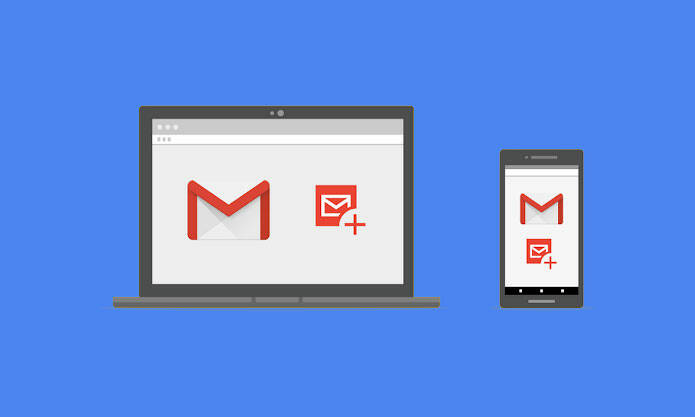
AMP for Email Is Ready, But Is It the Future of Email?
The initiative by Google to reinvent email for interactivity has been gestating for a year, and now it’s ready for people to try—and if it works, AMP for Email could change email forever.
Google’s long-gestating efforts to reinvent what can be done in an email are finally coming to light—and, depending on your disposition, might be worth getting excited about.
AMP for Email, an initiative by the search company to improve email interactivity by adding support for the technology it developed with its Accelerated Mobile Pages project, could help bring some of the interactivity from the web into inboxes the world over. And with the backing of Google, whose Gmail is by far the most popular platform, it’s likely to draw some attention from marketers and developers alike.
“Your emails can stay up to date so you’re always seeing the freshest information, like the latest comment threads and recommended jobs,” Gmail Product Manager Aakash Sahney said in a blog post this week. “With dynamic email, you can easily take action directly from within the message itself, like RSVP to an event, fill out a questionnaire, browse a catalog or respond to a comment.”
The new spec, detailed here, allows for the addition of interactivity to messages, along with the use of a series of layout elements that previously haven’t appeared in many emails, including a UI carousel, a lightbox for pictures, and an accordion UI element.
That added interactivity is great, but an even greater benefit might be the potential that AMP for Email could bring email design and coding into the modern day.
As I wrote on the topic back in 2015: “Email design has long been one of the internet’s dark arts. Email is an essential form of online communication, especially when it comes to marketing, but it’s often received short shrift from a technical standpoint. And as a result, email design tends to be fairly conservative out of necessity.”
AMP for Email promises, potentially, to eventually take email out of its complex, table-heavy doldrums that have made the process feel closer to building a webpage in 1997 than crafting an app in 2019. If you mess up a link or miss a word in your message, AMP could potentially even allow you to update or fix the message after the fact. (It will also include a fallback for older clients, so you may need to still have a table-friendly design around, at least until it takes off.)
But it can really gain steam with the right level of support—where some positive signs have already appeared. While the just-announced standard doesn’t yet have universal support among email clients, things are looking good on that front: Google has successfully convinced some of its market competitors, including Microsoft’s Outlook.com and Yahoo Mail, to announce support of the protocol. (No word on support in the desktop version of Outlook, however.)
AMP’s ties to Google have made it controversial for some, especially in the email context, but others see a lot of potential—and a number of companies have already signed on board to test it out.
While Google is only allowing approved clients to send out AMP at the moment, anyone can mess around with the spec and apply as well.
(Handout photo)






Comments